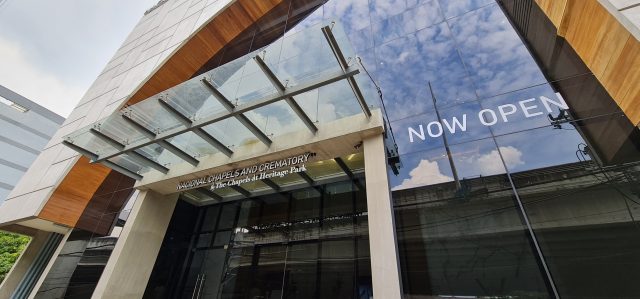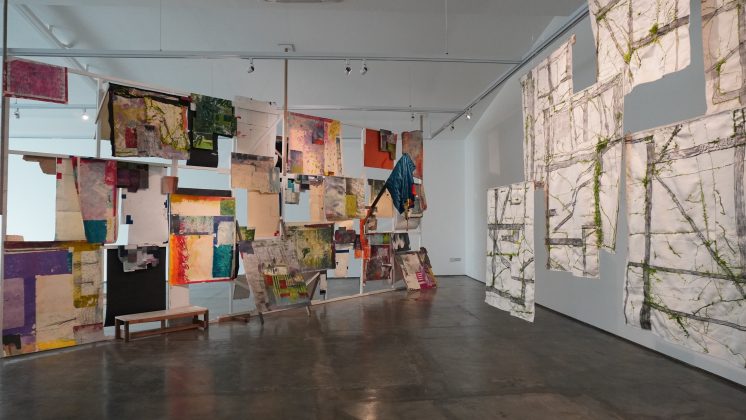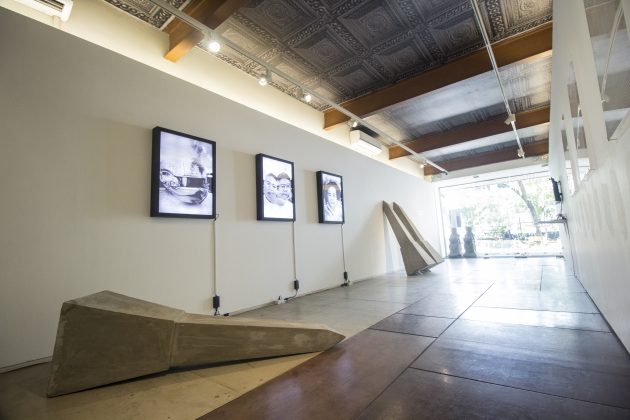AFTER more than a year of staying inside while watching the world fight through a pandemic, Filipino artists found inspiration to express the struggle of the Filipino, their awakening to painful realities, and despite the bleakness, a sense of hope. All these and more found their way into the winning entries of the Metrobank Art & Design Excellence (MADE).
The Metrobank Foundation, Inc. (MBFI) recognized the MADE awardees through an online awarding ceremony and exhibit opening held on Sept. 16.
Now on its 37th year and held for the first time online, the competition carried the theme: “Spectrum: The Art of Possibilities,” focusing on the artists’ “expansive realm of creativity and transpose[ing] their spectrum of ideas into works that mirror the human experience and reshape the world anew.”
Established in 1984 by the late Metrobank Group founder and chairman Dr. George Ty Siao Kian, MADE has served as a platform for discovery of creative visionaries. To date, more than 400 visual artists and design professionals have been MADE awardees, including such top talent as Elmer Borlongan, Mark Justiniani, Jan Leeroy New, Alfredo Esquillo, Andres Barrioquinto, Yeo Kaa, and Cedrick dela Paz.
“MADE truly goes beyond being a competition. It has evolved into a platform for discovery and dialogue among emerging and established artists. This year’s MADE awardees dare to share their thoughts and emotions and produce art that reflect our collective plight. Their works are direct responses to the crisis and uncertainties that we face,” said MBFI president Aniceto Sobrepeña in his opening remarks.
“The hundreds of entries submitted across the country are a testament to our local artists’ passion to create. They convey visually, the heartbeat of our people facing a global disease, the fears, the anger, the sadness and loss, but also the hope, the courage, and the tenacity to fight this enemy with kindness, generosity, and compassion.”
THE WINNING ARTWORKS
This year, MADE received the highest number of entries in the last 10 years — 701 — with 564 entries for the Oil/ Acrylic on Canvas category; 77 entries for the Water Media on Paper category; and 60 entries for the Sculpture Recognition Program.
Of these, eight painters and sculptors emerged as this year’s MADE awardees.
Ariosto Dale Bagtas’ Between Heaven and Earth won the Oil/Acrylic on Canvas category. In a video presentation during the awarding ceremony, the painting was described as showing that “even in darkness, there is light and in the midst of crisis is the unwavering hope for a better tomorrow.”
Lymuel Bautista’s Haunting Wail of Chaos won the Watermedia on Paper category. The painting, which is shaped like corrugated metal roofing sheet, gives a commentary on the ills that plague the Filipino people.
“In these times, we need to understand what is happening. We often forget who the real enemy is. We are under one roof, and we need to be like a family, not biting each other,” Mr. Bautista said in Filipino.
Kathleen Sareena Dagum’s Bungkag won for the Sculpture category. The wooden sculpture Bungkag (a Cebuano term which means “to demolish”) depicts “systemic oppression and a struggle for freedom.”
Ms. Dagum finished the piece while in isolation for 14 days of quarantine after coming home to her family in the province from Manila where she works.
She explained that the wooden figures seated on a swing shows the “struggle in a system where opportunities are given to a chosen few.”
“I hope my piece enlightens and shows audiences what the reality in our country is,” Ms. Dagum said in a mix of English and Filipino.
The grand prize awardees received cash prizes of P500,000.
Special Citations were conferred to Clark Manalo’s Uncensored Fallacy of Faith (Oil/Acrylic); Mark Laza’s Binyag sa Landas-apoy (Oil/Acrylic); Crispo Matiquilla’s Lucas 21:11 (Watermedia on Paper) for the Painting Recognition Program. Tyrone Dave Espinosa’s Nakakabinging Katahimikan and Carlo De Laza’s Isang Pangarap ang Managinip were conferred Special Citations for the Sculpture Recognition Program. Each of them received a cash prize of P100,000.
All the awardees received the Mula glass trophy designed by 2009 Metrobank Prize for Achievement in Sculpture (MPAS) awardee Noell El Farol.
The Board of Judges was chaired by painter, installation artist, art educator, and sculptor Toym Imao. Members of the board included Art Fair Philippines co-founder Dindin Araneta; product designer and metal sculptor Daniel de la Cruz; Cultural Center of the Philippines Visual Arts and Museum Division officer-in-charge Rica Estrada; intermedia artist Mark Salvatus; and interdisciplinary artist Josephine Turalba. The late visual artist Leo Abaya also served as a member of the board of jurors until his passing in May.
“This year’s selection does not disappoint in the array of styles and themes depicted. We see paintings that show sophisticated use of color and works that require a high degree of technical skill. Figurative works still dominate much of the selection, as do works that present social plights and the harsh realities of daily life,” said competition juror Rica Estrada in her curator’s note.
“The paintings and sculptures speak of anxieties, loss of livelihood, worries about the future, depression, stress, difficult home situations, and the act of keeping afloat,” she added.
Through a year-long social media campaign dubbed as #SpectrumMADE2021, MADE has also implemented a series of online activities to bring the art experience and art education to its stakeholders amidst the pandemic. Culminating this year’s campaign is a webinar on “The Creative Industries for Social Impact,” which will be held on Sept. 25 on the official MADE Facebook page.
To view the virtual exhibit of the winning artworks and other entries, visit https://www.madeartdepot.ph/virtual-exhibit. — Michelle Anne P. Soliman





















